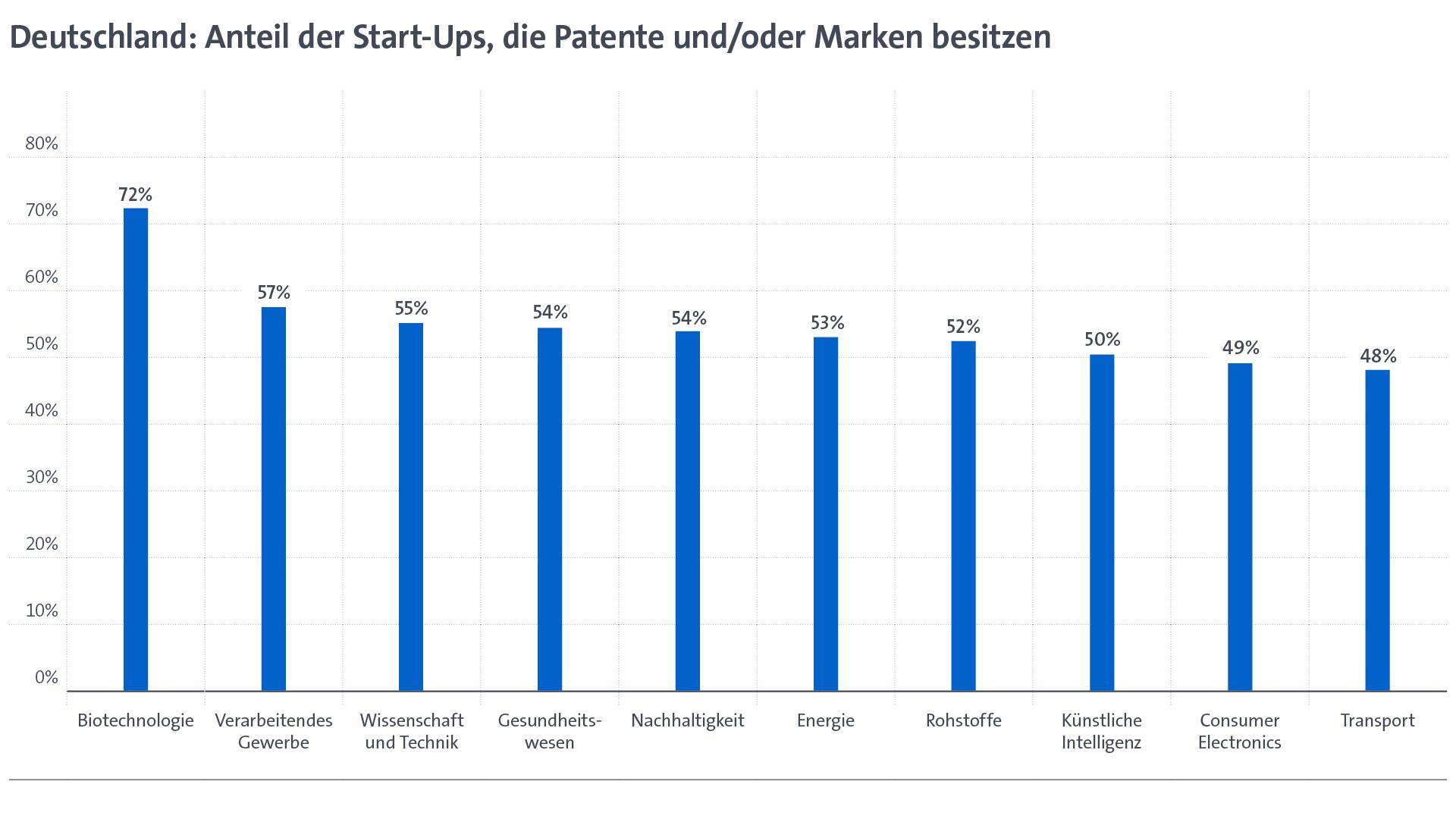What founders need to know about insolvency

Not every idea works. Sometimes the only option left for entrepreneurs is insolvency. But insolvency does not mean the end of the company - if you do it right.
Hardly any German politician has mastered the art of controlled indignation as well as FDP leader Christian Lindner, and hardly any scene better illustrates this than a discussion in the North Rhine-Westphalian state parliament. In 2015, it burst out of Lindner, then a parliamentary group leader. A heckler had mocked the insolvency of a company Lindner had founded as a young man. This was followed by a minute-long attack on the German handling of corporate insolvencies, the difference between Germany and the US, and the question of the extent to which all this was hindering the spirit of entrepreneurship in this country.
At the time, Lindner hit a nerve with people who deal with the subject. Because being ashamed of insolvency is wrong, says Axel Bierbach, for example. The insolvency administrator and lawyer has been assisting companies in this difficult phase for 20 years, including many start-ups. "Insolvency basically offers opportunities, companies can free themselves from old burdens and dare to make a new start", he says. Younger founders, in particular, also tick differently in the meantime and, in case of doubt, are already prepared to take this hard but sometimes necessary step.
However, the requirements for insolvency proceedings are narrowly defined, the procedure is predetermined and the way out is not always easy. An overview of what founders need to know.
When is a company insolvent?
In principle, there are two reasons for which a company must file for insolvency and one for which it can file for insolvency. It is inevitable to file for insolvency if the company is insolvent or over-indebted.
Insolvency is when a company cannot pay 10 percent or more of its obligations due for more than three weeks. A company can also file for bankruptcy if insolvency is imminent; this is the third, optional option. In this case, the period during which a company can no longer service its liabilities is not quite as clearly defined.
Balance sheet over-indebtedness exists when the company's existing assets no longer cover its debts. However, there is a restriction here under insolvency law that is particularly interesting for start-ups. "If the start-up is fully financed for the next twelve months, for example through commitments from investors, then the over-indebtedness is irrelevant for the time being," says Axel Bierbach. This is because start-ups in particular often have a terrible balance sheet on paper, but this says little about their actual state.
How does a company file for insolvency?
The insolvency application is filed with the competent insolvency court. As a rule, this must be done no later than three weeks after those responsible have identified the problem. Otherwise, the directors face insolvency proceedings and personal liability. "If you are not sure, you should bring a specialized consultant into the company," recommends Bierbach. He can determine with legal certainty whether it is necessary to go to court or not.
If there is a reason for insolvency, the management could ask the shareholders for financial assistance, with reference to the otherwise threatening insolvency or over-indebtedness. If they refuse and no other solution can be found, the application must be filed.
How do insolvency proceedings work?
There are two types of insolvency proceedings. In regular insolvency proceedings, an insolvency administrator is appointed; in self-administration proceedings, the management itself remains at the helm, albeit under the supervision of a trustee appointed by the court. In either case, however, the proceedings have two objectives: First and foremost, to serve the claims of creditors and, if possible, to preserve the company.
The process results in one of three possible outcomes. If an insolvency plan is in place, then all parties can seek to ensure that the business continues to exist in its existing form. To do this, either the debtor or the insolvency practitioner will present a plan to put the company back on solid footing. If the creditors and the court agree to it, it may be implemented. Ideally, the company can then make a new start after a certain period of time.
Alternatively, insolvency proceedings can also lead to the legal entity being liquidated, i.e. the original company is dissolved but the business operations are continued by others. In this case, another company buys parts of the company's content, such as patents, production tools, or takes over employees.
In extreme cases, however, there can also be a complete liquidation. In this case, the company is wound up completely and the business is not continued at all.
How do most start-ups deal with insolvencies?
"Insolvency plans and full liquidations are rather rare in the start-up sector," explains insolvency administrator Bierbach. For young companies, it is often a matter of quickly maturing a product and achieving a certain market penetration. If something like this fails, it is often due to disputes among the shareholders. That's when an asset deal often pays off, according to Bierbach. "The founders, possibly with some of the old investors or with new investors, buy essential assets out of the insolvent company and continue the business," he explains.
Experience shows that such a deal often works out very well, especially with the investors. Creditors who are more difficult to satisfy are usually the employees, the landlords or external service providers. "It only gets difficult with the shareholders if they have the impression that the founders just want to have a quick shake and get rid of annoying old burdens," says Bierbach.
FYI: English edition available
Hello my friend, have you been stranded on the German edition of Startbase? At least your browser tells us, that you do not speak German - so maybe you would like to switch to the English edition instead?
FYI: Deutsche Edition verfügbar
Hallo mein Freund, du befindest dich auf der Englischen Edition der Startbase und laut deinem Browser sprichst du eigentlich auch Deutsch. Magst du die Sprache wechseln?

















